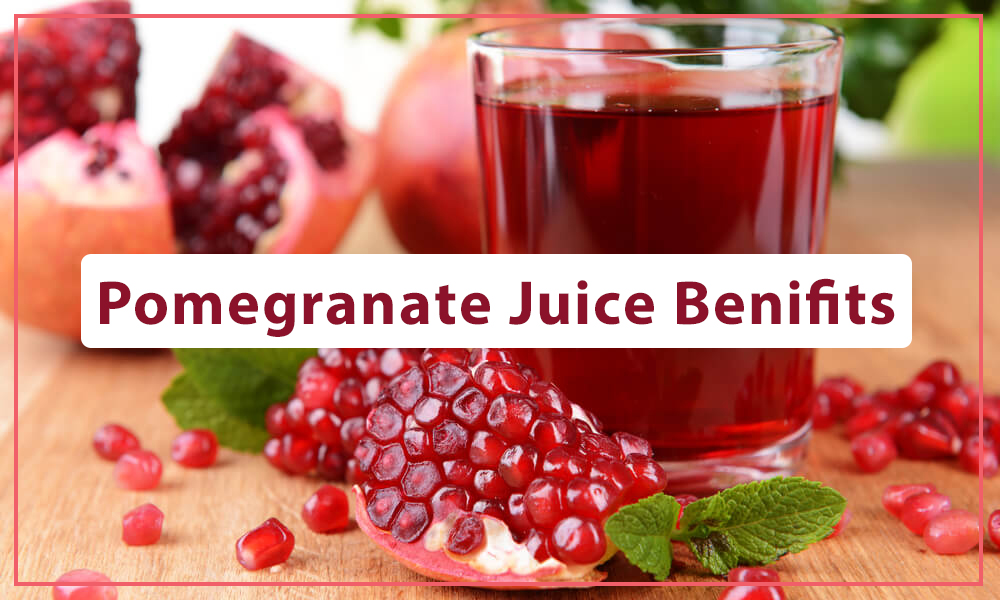What if Liver Cysts turn into Tumor?
Introduction
Liver cysts are fluid-filled sacs that develop within the liver. In most cases, these cysts are benign and don’t cause any symptoms or health issues. However, with the passage of time, there is a lingering concern and the possibility of liver cysts turning into tumors.
In this article, we’ll try to dig out the connection between liver cysts and cancerous tumors, the potential risks involved, the steps we can take for early detection of any possible development of tumor, and the cautions we can follow to prevent any such thing from taking cancerous shape.
What are Liver Cysts?
Liver cysts are fluid-filled sacs that appear on your liver. Initially, nearly all liver cysts are benign (noncancerous) and can vary in size from small, barely noticeable sacs to larger cysts that can be several inches in diameter. It is to be noted here that few cysts grow large enough to cause symptoms, but that doesn’t mean they are cancerous.
Besides, some liver cysts are also caused by an inherited disorder that may be treated through medication. Liver cysts are often detected incidentally during routine medical imaging tests, such as ultrasounds or CT scans, performed for unrelated health concerns.
Most liver cysts are classified into two types:
Simple Liver Cysts
Simple cysts are the most common type of liver cysts and typically don’t cause symptoms or any kind of complications. Simple liver cysts are usually benign and rarely develop into tumors.
Polycystic Liver Disease
This is a rare inherited condition where multiple cysts develop within the liver. While it can cause symptoms and may lead to liver enlargement, the risk of these cysts becoming cancerous is still relatively low. However, polycystic liver disease, if left untreated, can cause your liver to convert into liver cirrhosis.
What are the Risks of Liver Cysts Turning into Tumors
In most of the cases, the liver cysts remain non-cancerous and do not progress into tumors. However, there are some factors that may increase the risk of complications;
Size & Number of Cysts
Larger cysts, a higher number of cysts, and a longer history of cysts present in the liver may slightly elevate the risk of developing complications. Such complications do include the possibility of cysts becoming tumors.
Age
Liver cysts tend to become more common as you age. However, the risk of cysts turning into tumors remains relatively low.
Polycystic Liver Disease
Patients with polycystic liver disease are at a higher risk of developing complications due to the large number of cysts in their liver. However, the risk of developing tumors increases if you have Polycystic Liver Disease.
Caution & Screening
Although liver cysts rarely turn into tumors, it’s important to take precautions and remain proactive and cautious about your liver health.
Regular Check-ups
If you have liver cysts, make sure to schedule regular check-ups with your healthcare provider. They can monitor the size and number of cysts over time.
Healthy Lifestyle
Our first priority should be our focus on our health. Maintaining a healthy lifestyle, including a balanced diet, exercising regularly, and limiting alcohol consumption, can keep your liver in good shape.
Don’t Delay Treatment
In some cases, large or symptomatic liver cysts may require treatment. Treatment options may include drainage procedures or even surgical removal if necessary, and as per your healthcare practitioner’s recommendations.
Screening for Polycystic Liver Disease
If you have a family history of polycystic liver disease, make sure to get yourself screened regularly for genetic testing.
Conclusion
While there is a minimal risk of liver cysts turning into tumors, it’s crucial to approach this concern with accurate information and a proactive mindset. Most liver cysts remain harmless and benign throughout a person’s life. By maintaining regular communication with your healthcare provider and adopting a healthy lifestyle, you can reduce any potential risks and ensure the ongoing health of your liver. Remember, early detection and prompt medical attention can address any complications that may arise from liver cysts, providing you with peace of mind and optimal liver health.

